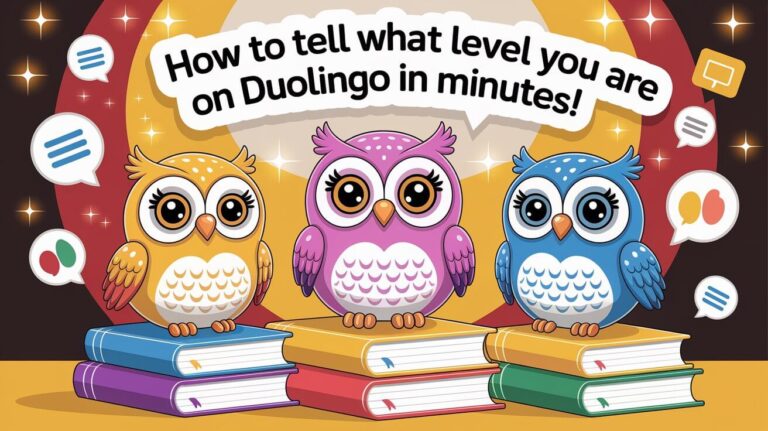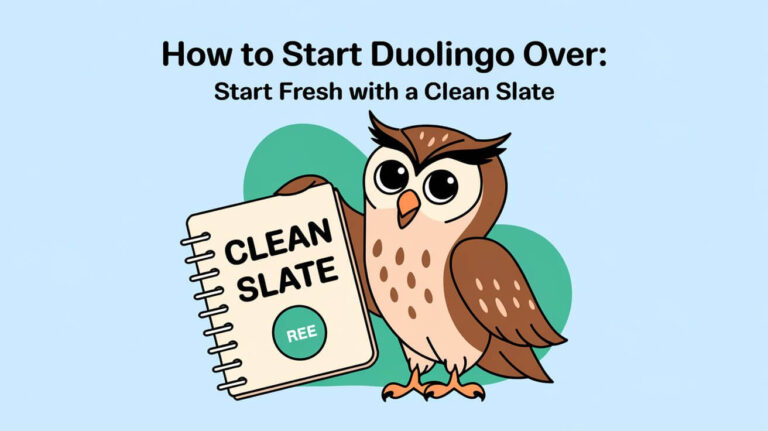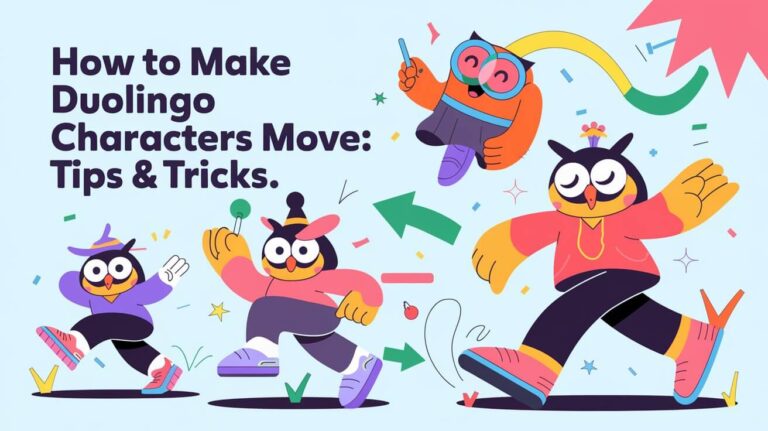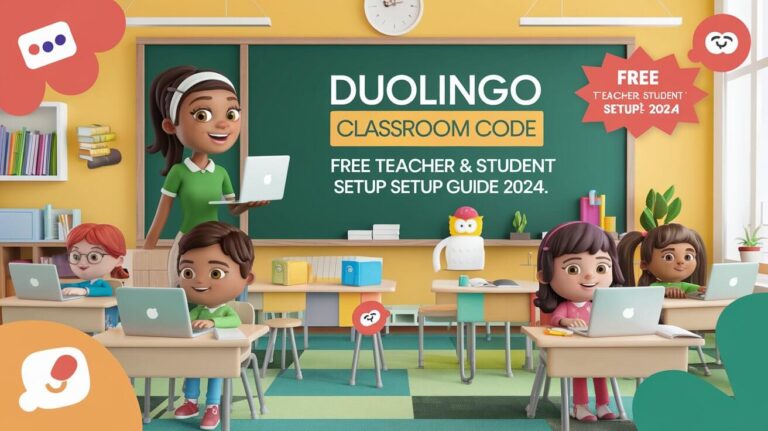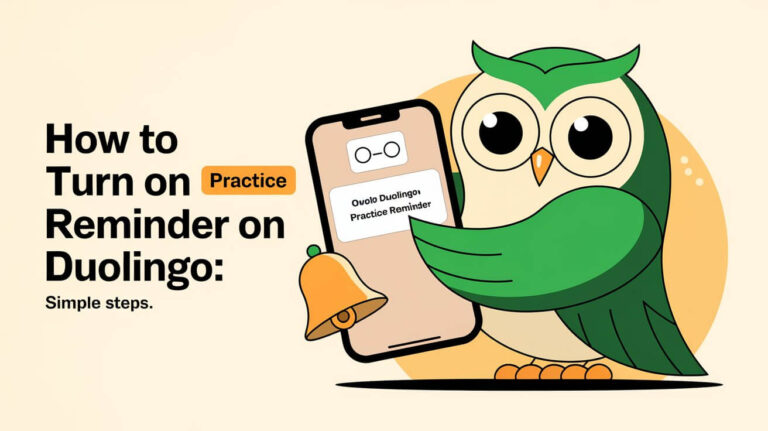Duolingo, Inc. is a company that makes learning apps and offers language certification. It started in 2009 with a plan by Luis von Ahn, a professor at Carnegie Mellon University, and Severin Hacker, a Swiss post-graduate student. They launched a private beta on November 27, 2011, and quickly got over 300,000 people waiting.
By June 19, 2012, Duolingo opened to everyone, and the waiting list had grown to about 500,000. Today, Duolingo is a top language learning app, with over 500 million users by 2023.

Key Takeaways
- Duolingo was founded in 2011 by Luis von Ahn and Severin Hacker.
- The idea for Duolingo was formulated in 2009 at Carnegie Mellon University.
- Duolingo launched a private beta in November 2011 with a waiting list of over 300,000 people.
- Duolingo launched to the general public in June 2012 with a waiting list of around 500,000 people.
- Duolingo has grown to become one of the most popular language learning apps with over 500 million registered users as of 2023.
Duolingo’s Humble Beginnings
In 2009, a big change started at Carnegie Mellon University. Professor Luis von Ahn teamed up with Severin Hacker, a Swiss post-graduate student. Together, they aimed to create something new in education.
The Idea Behind Duolingo: Providing Free Education to the World
Von Ahn had sold his company reCAPTCHA to Google before this. He wanted to help with education costs in Guatemala. Hacker believed that free education could change everything.
The Masterminds Behind Duolingo
With Von Ahn’s MacArthur fellowship and a grant from the National Science Foundation, they started Duolingo. Their goal was to make learning languages free and fun for everyone.

“Free education will really change the world,” – Severin Hacker, Co-founder of Duolingo
Early Days of Duolingo: From a Private Beta to Public Launch
Duolingo started small but grew big fast. It launched a private beta on November 27, 2011. Over 300,000 people signed up, showing they wanted to learn languages easily.
By June 19, 2012, Duolingo went public and had 500,000 on the waiting list. This huge interest showed people loved Duolingo’s free language learning.
At first, Duolingo made money from translating texts. Later, it started a Duolingo English Test and sold ads and subscriptions. This mix of income helped Duolingo grow and keep improving.
Duolingo’s launch was a big deal, starting a language learning movement. It made learning fun and easy for millions worldwide. Duolingo’s success shows how important making learning fun and accessible is.

“Duolingo’s success was built upon its ability to make language learning engaging, effective, and accessible to people from all walks of life.”
Funding and Growth
Duolingo, the innovative language learning app, has seen amazing growth and funding. It was founded in 2011 by Luis von Ahn and Severin Hacker. Today, it’s a top name in digital language learning, with over 500 million users worldwide.
Venture Capital Investments and Funding Rounds
Venture capitalists have taken notice of Duolingo’s success. In 2011, it got $3.3 million from Union Square Ventures. Then, in 2012, New Enterprise Associates invested $15 million. By 2017, Duolingo had raised $108.3 million, valued at $700 million.
In December 2019, Duolingo raised another $30 million. This made its value soar to $1.5 billion.
User Growth and Expansion into New Languages
Duolingo’s funding has matched its user growth. It now has over 500 million users and 40 million active monthly. Duolingo offers lessons in 43 languages, including Navajo, Hawaiian, and High Valyrian from Game of Thrones.
Duolingo’s fast growth and user love have made it a market leader. The digital language learning market is expected to hit $6 billion in revenue. Duolingo’s fun and adaptive learning approach has made it a huge success.
When Was Duolingo Made? Tracing the Timeline of Its Inception
Duolingo, the popular language learning app, has a long history. It was founded in 2011 by Luis von Ahn and Severin Hacker. The app started as a private beta on November 27, 2011, with over 300,000 people waiting to join.
Just a few months later, on June 19, 2012, Duolingo opened to everyone. Its waiting list had grown to about 500,000 users by then.
Today, Duolingo is a huge name in language learning. It has over 500 million users as of 2023. The app offers lessons in more than 36 languages, meeting the world’s need for language skills.
| Key Milestone | Year |
|---|---|
| Duolingo founded | 2011 |
| Private beta launch | November 27, 2011 |
| Public launch | June 19, 2012 |
| Reached 500 million registered users | 2023 |
The duolingo start year of 2011 was the start of a language learning revolution. Luis von Ahn and Severin Hacker aimed to offer free language education worldwide. Their humble start has grown into a global impact.
Looking at the duolingo timeline, it’s clear Duolingo is a success story. It has empowered millions to learn new languages and open new doors.
Duolingo’s Innovative Approach
Duolingo is a top language learning app known for its new way of teaching. It uses gamification and adaptive learning to change how we learn languages. This approach has made learning a new language fun and effective.
Gamification Elements: Points, Streaks, and Duo the Owl
Duolingo makes learning fun with its gamification. It gives points for lessons, making users feel they’re getting better. The streak feature keeps users practicing every day. Duo the Owl, the app’s mascot, adds fun and motivation.
These features work well. Users who play along finish 2.7 times more lessons. Also, 89% say gamification makes learning more fun and productive.
Adaptive Learning: Personalized Paths for Optimal Progress
Duolingo also uses smart learning algorithms. These adjust to each user’s learning style and pace. This makes learning more effective and faster.
Duolingo’s mix of gamification and adaptive learning has made it a huge success. It has over 500 million users worldwide. The app makes learning a new language fun and accessible for everyone.
| Gamification Element | Impact |
|---|---|
| Points System | Fosters a sense of accomplishment and progress |
| Streak Feature | Encourages consistent daily practice, leading to a 26% higher user retention rate |
| Duo the Owl Mascot | Increases brand recognition by up to 41% and emotional connection to the app by 68% |
| Leaderboards | Can increase user engagement by up to 40% |
| Adaptive Learning Algorithms | Improve knowledge retention by up to 29% and reduce time to proficiency by 38% |
Duolingo’s unique approach has made it a leader in language learning. It has attracted millions of users worldwide. Duolingo has changed how we learn new languages.
The Duolingo Business Model: Making Language Learning Accessible to All
Duolingo, the popular language learning app, believes that learning languages should be free for everyone. Its business model shows this, using a freemium approach. This means free basic features and optional premium subscriptions.
The Freemium Model and Premium Subscriptions
Duolingo’s core is its freemium strategy. Users get free access to basic tools and content, like lessons and exercises. This has helped Duolingo grow, with over 500 million users by 2023.
But Duolingo also has premium plans like Duolingo Plus and Duolingo Max. These offer more features and no ads. They include offline access, personalized insights, and special content for those wanting a better learning experience.
| Feature | Duolingo Free | Duolingo Plus | Duolingo Max |
|---|---|---|---|
| Access to all languages | ✓ | ✓ | ✓ |
| Ads | ✓ | ✓ | – |
| Offline access | – | ✓ | ✓ |
| Unlimited hearts | – | ✓ | ✓ |
| Duolingo Stories | – | ✓ | ✓ |
| Leaderboard boosts | – | – | ✓ |
Duolingo makes money from premium subscriptions but still offers free education. This mix has made Duolingo a top language learning app.
Duolingo’s Impact and Future Endeavors
Duolingo has changed the language learning world. It makes learning fun and easy for millions. The company has over 500 million users, making it a top name in the $60 billion market.
Duolingo has grown beyond just languages. It now offers Duolingo Math and Duolingo ABC. This shows Duolingo’s goal to help with all kinds of learning needs.
The company went public in 2021, getting the funds to grow even more. Duolingo plans to keep making learning free and top-notch. With its loyal users and new ideas, Duolingo is set to lead in language learning for a long time.
Common Questions
When was Duolingo founded?
Duolingo was founded in 2011 by Luis von Ahn and Severin Hacker.
Who are the founders of Duolingo?
Luis von Ahn, a professor at Carnegie Mellon University, and Severin Hacker, his Swiss post-graduate student, founded Duolingo.
When did Duolingo launch?
Duolingo started a private beta on November 27, 2011. It then opened to everyone on June 19, 2012.
What is the history and origin story of Duolingo?
Luis von Ahn and Severin Hacker came up with Duolingo in 2009. They wanted a free app for learning languages. They used von Ahn’s MacArthur fellowship and a National Science Foundation grant to start.
How did Duolingo get started?
Duolingo began with a private beta in November 2011. It quickly got a list of over 300,000 people waiting. By June 19, 2012, the list had grown to about 500,000.
How has Duolingo grown over the years?
Duolingo got a lot of money from investors, raising $108.3 million by 2017. By 2019, it was worth $1.5 billion. It also grew fast, reaching over 500 million users. Duolingo now offers courses in 43 languages.


